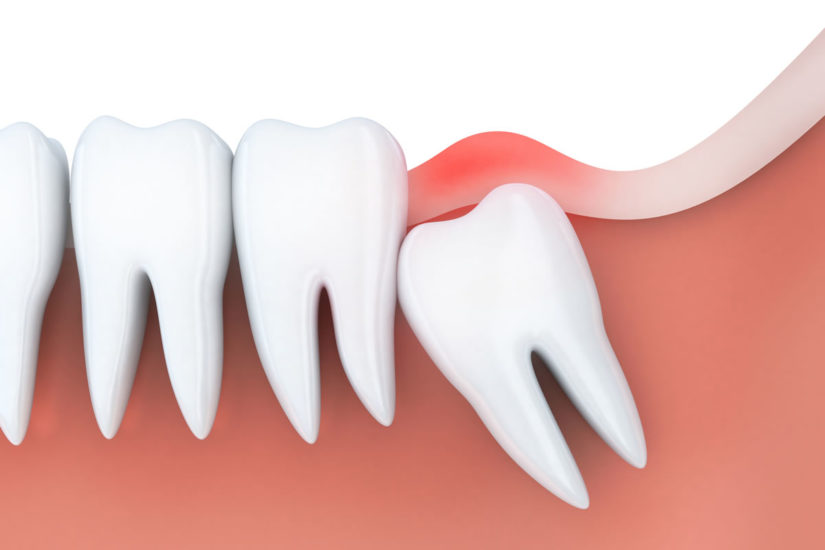Sometimes, people need to have a tooth pulled out. This tooth extraction is usually done by a dentist or an oral surgeon. There are various reasons why you might need to have a tooth pulled. Learn what to expect during and after this dental procedure.
When might you need a tooth extraction?You might need to have a tooth pulled out if you have:
- 1. Severe gum disease.
- 2. Deep infection in a tooth.
- 3. Broken tooth.Crowded teeth.
- 4. Problems with a wisdom tooth.
Wisdom teeth, which are the last adult teeth you get, sometimes need to be removed. They can become stuck if they don’t have enough space to grow properly.
What happens during a tooth extraction?If you need a tooth to be removed, your dentist will usually give you a local anaesthetic to numb your mouth so you don’t feel pain. Your dentist will then use a special tool to loosen the tooth in the gum. Once the tooth is loose, your dentist will remove it with forceps.
If your tooth extraction is more complicated, you might need to be referred to specialist oral surgeon
What to expect after a tooth extraction?After your tooth has been removed, your dentist will probably need to make sure the gum socket is clean. If you needed a surgery in the gum during tooth removal, you might need a suture to close the area.
You might have some bleeding and if so, your dentist will usually ask you to bite down on a piece of gauze to stop the bleeding.
Once the anaesthetic wears off, you will probably have some pain. Your dentist might write you a prescription for pain relief medicine or recommend an over-the-counter medicine.
You’ll also probably be told to eat soft foods and chew on the unaffected side of your mouth for a while.
Usually, the wound will take at least 1 or 2 weeks to heal. However, contact your dentist if you have:
Ongoing severe pain - this may be caused by a complication called dry socket- 1. Excessive bleeding
- 2. Fever.
- 3. Alternatives to tooth extraction
Ask your dentist to explain any alternatives to tooth extraction and what their benefits and risks are.
